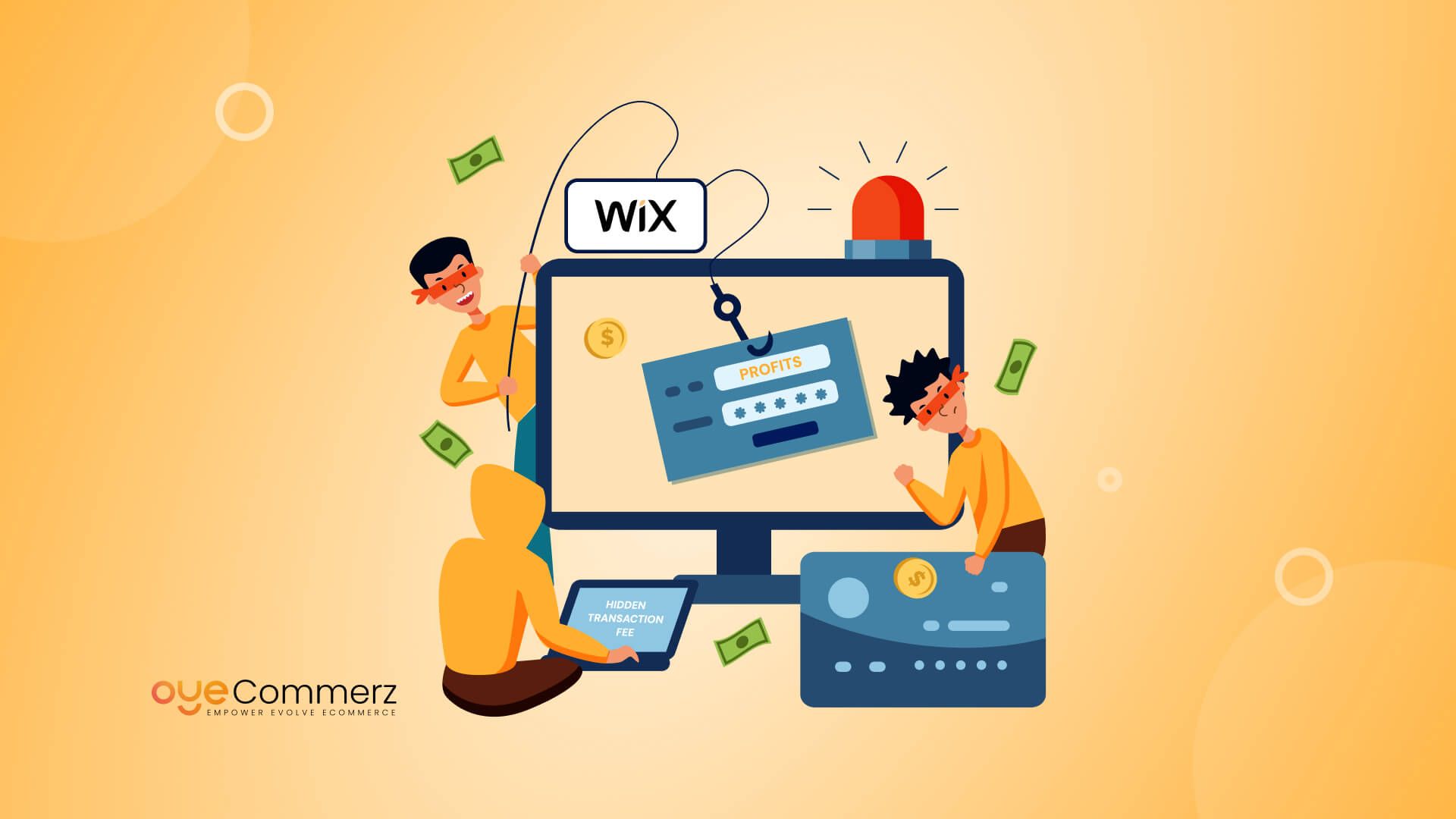In the current online environment, choosing the appropriate e-commerce solution is crucial for enterprise growth. If you're presently using Wix but are considering a move to Shopify, you are in good company. Many companies are transitioning to Shopify to leverage its robust features, expandability, and dedicated e-commerce solutions. This guide will outline the migration process, ensuring a smooth move and preparing you for e-commerce success.
Why Switch from Wix to Shopify?
Before exploring the transition process, it's important to recognize why Shopify might be a better fit for your e-commerce requirements:
- E-commerce Focus: Unlike Wix, which serves various use cases, Shopify is engineered specifically for e-commerce, offering advanced features and functionalities optimized for online selling.
- Growth Potential: As your company expands, Shopify can seamlessly handle higher visitor volumes and transactions capacity without sacrificing performance.
- Extensive App Ecosystem: Shopify offers a large collection of apps that can enhance your store's capabilities, from marketing tools to stock control options.
- SEO Capabilities: Shopify provides superior SEO options, which can help improving your store’s visibility on Google and others.
- Payment Options: With multiple payment gateways supported, including Shopify Payments, you can provide shoppers a wide range of payment methods.
Preparing for Migration
To guarantee a smooth migration from Wix to Shopify, adhere to these preparatory steps:
1. Backup Your Data
Export all your data from Wix, including product details, user data, and order history. This process is crucial as it ensures you have a copy of all data before starting the transfer.
2. Select a Pricing Option
Evaluate the different Shopify subscriptions offered and select one that best suits your business needs. Consider factors such as costs, built-in tools, and growth potential.
3. Create Your Shopify Profile
Register your Shopify account and familiarize yourself with the platform’s dashboard and features.
The Migration Process
Now that you are prepared, it’s time to migrate your store from Wix to Shopify. Here’s how:
1. Import Products
Utilize Shopify's integrated import tool or third-party tools like Cart2Cart or LitExtension to transfer your items from Wix to Shopify.
Ensure that item details, images, costs, and options are correctly imported.
2. Transfer Customer Data
Upload customer information such as user names and email addresses into your Digital commerce new Shopify store. This process is vital for retaining customer relationships and advertising strategies.
3. Set Up Payment Gateways
Set up transaction methods in your Shopify store to guarantee seamless payments. You can choose from multiple options like debit methods, PayPal, and others.
4. Customize Your Store Design
Choose a theme that aligns with your brand identity. Customize it using Shopify's design tools to create an appealing and user-friendly store layout.
5. SEO Optimization
Implement SEO best practices during the migration process:
- Set up 301 redirects from old Wix URLs to new Shopify URLs.
- Optimize product titles, details, and photos with targeted keywords.
- Modify meta tags and alt texts for better search engine visibility.
Post-Migration Steps
Once your store is live on Shopify, consider these post-migration steps:
1. Check Your Website
Perform thorough testing of your new store:
- Verify item listings for accuracy.
- Test transaction methods.
- Ensure all hyperlinks work correctly.
2. Promote Your Store
Announce your new store launch through email newsletters and social platforms.
Consider offering promotions or Data migration tools discounts to draw shoppers.
3. Monitor Performance
Use analytics tools within Shopify to monitor sales performance and user activity.
Adjust your strategies based on performance analytics.
Conclusion
Migrating from Wix to Shopify can significantly enhance your e-commerce capabilities and set the stage for growth and success. By following this guide and taking a step-by-step approach to the migration process, you can guarantee a smooth move that reduces downtime and boosts opportunities for sales. Embrace the change and watch your online business thrive on its new platform!
